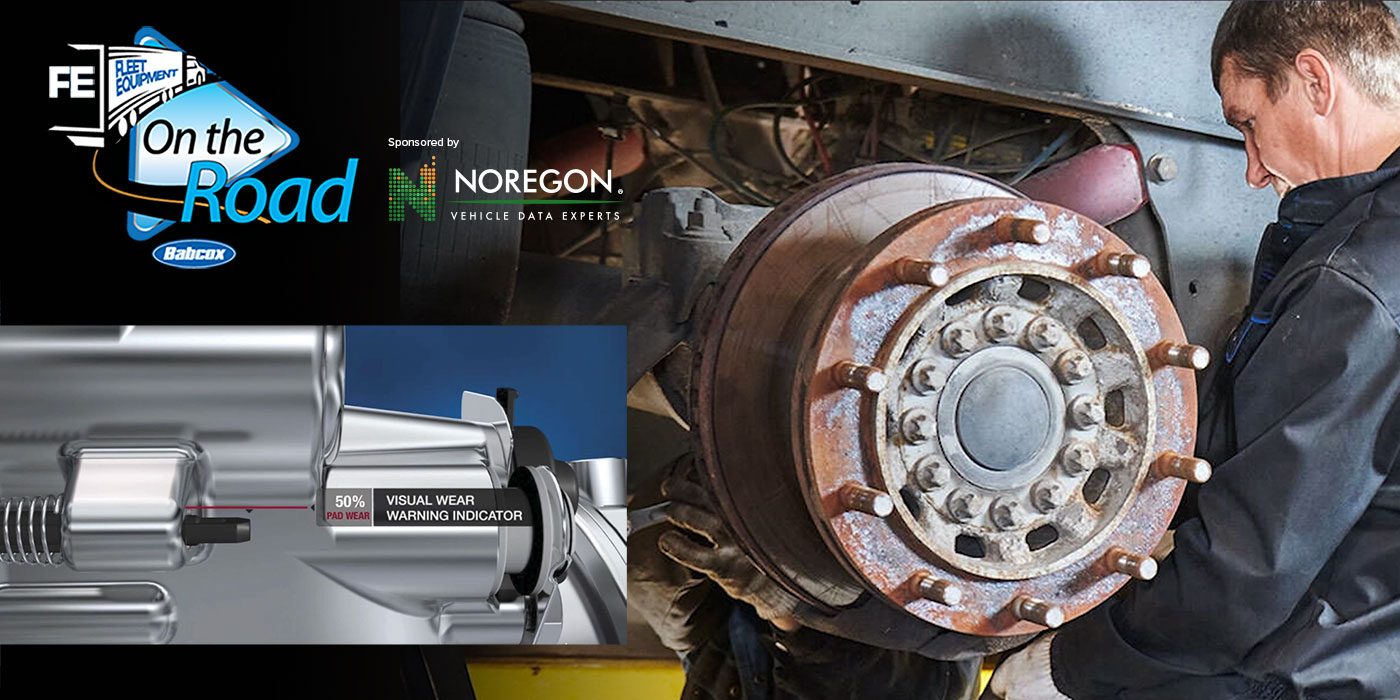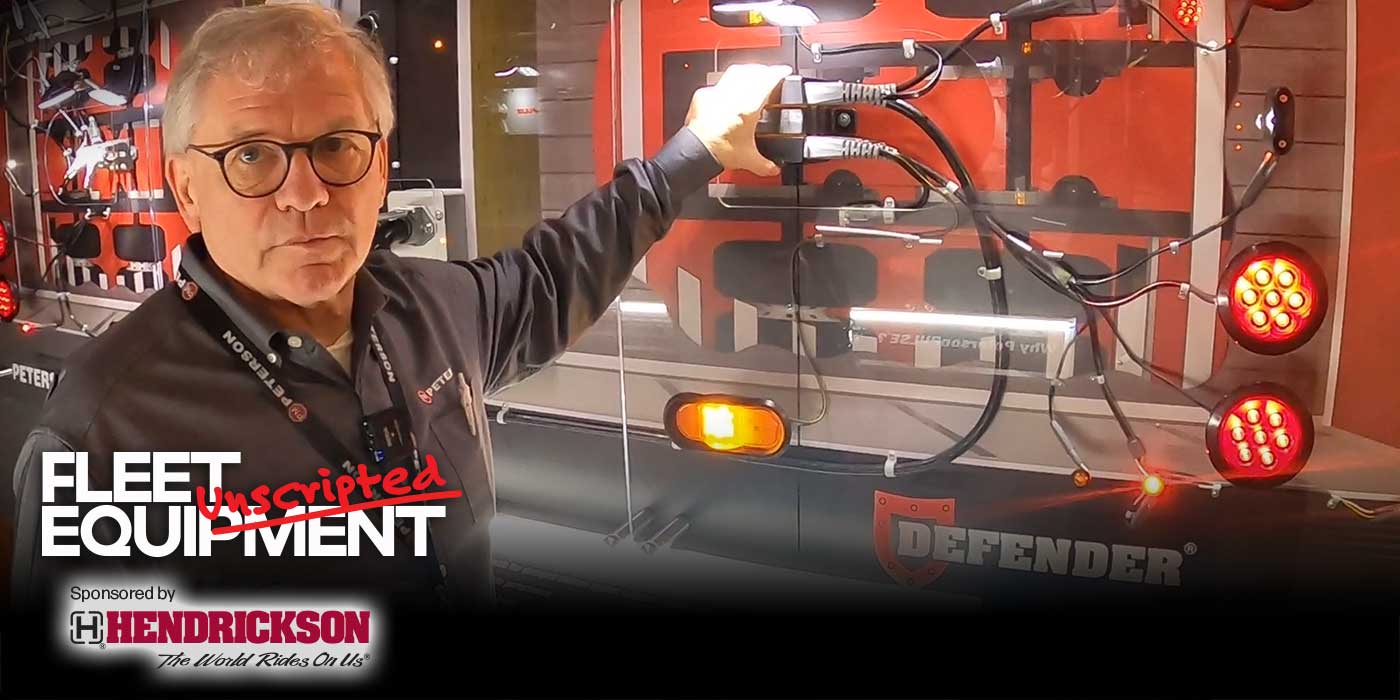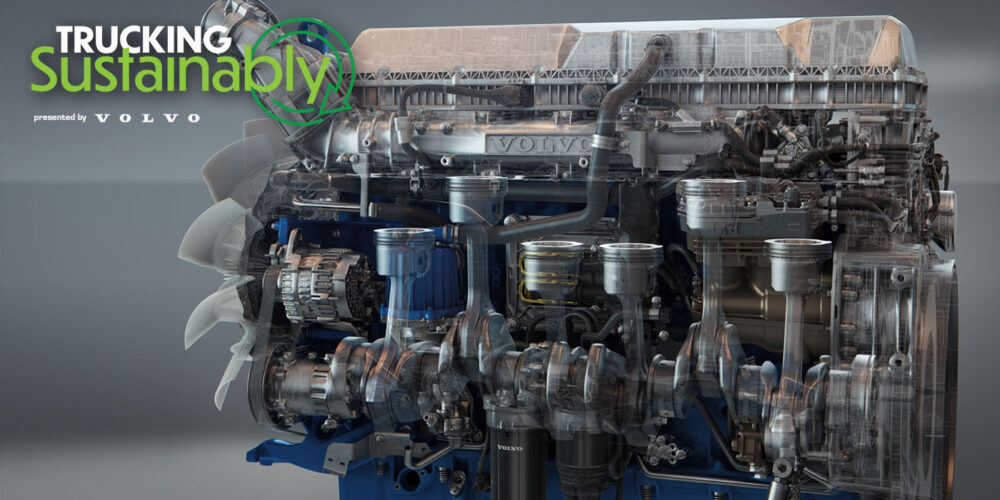Most commonly found in vocational applications like dump trucks, refuse trucks and mixers, pusher axles are in the same family as tag axles when it comes to 6×2 configurations. This means only one of the two rear axles receives power, as opposed to a 6×4, where both of a tractor’s rear axles are drive axles.
Click here to watch more of FE’s On the Road video series.
Here is a transcript of the video:
Now, both pusher and tag axles are non-powered and can be liftable or stationary axles. The goal for both is to help the truck achieve maximum productivity by increasing payload and distributing weight.
Whereas a tag axle is located behind the drive axles to take some of the weight off the rear drive axles when the vehicle is fully loaded, a pusher axle is positioned in front of the drive axles, adding stability to the chassis during cornering. The decision to spec either configuration is generally based on load balancing of the vehicle.
For handling and weight balance during transport, you might require one or more pusher axles to support the load. Even while dumping a load, the weight is transferred to the rear-most axle, offering the necessary additional support at the rear of the vehicle.
When deciding whether to spec a pusher axle for your truck, first thing’s first: Always consult with the vehicle manufacturer to ensure you’re selecting the proper axle type for your application.
Beyond this, there’s a lot to think about when deciding whether to include a pusher or tag axle in a truck. Let’s take a dump truck for example. You need to think about: federal regulation, state laws, the time spent off-road, duty cycle, weight, potential efficiency gained, and maneuverability.
The good news is that fleets who find pusher axles are right for their trucks’ application often find the benefits can go beyond added payload.
As a fleet manager, you might find a better distribution of weight, which can impact the service of the vehicle. You may find improved efficiency when heavy and lift axles are down, and then when empty and lift axles are up. Depending on your operation and business model, you might find additional opportunities to haul different commodities given the dynamic way you spread the vehicle weight.
Of course, that ability to carry more payload often comes with some potential trade-offs. For example, these axles add more complexity to the vehicle, take up more frame space and may negatively impact maneuverability.
A pusher or tag axle may negatively impact maneuverability due to the scrubbing effect of the additional tires. Steerable pusher axles will help limit the amount of tire scrub, but it will still exist. And, some vocational body types and applications will not work with a typical tag axle due to its location.













